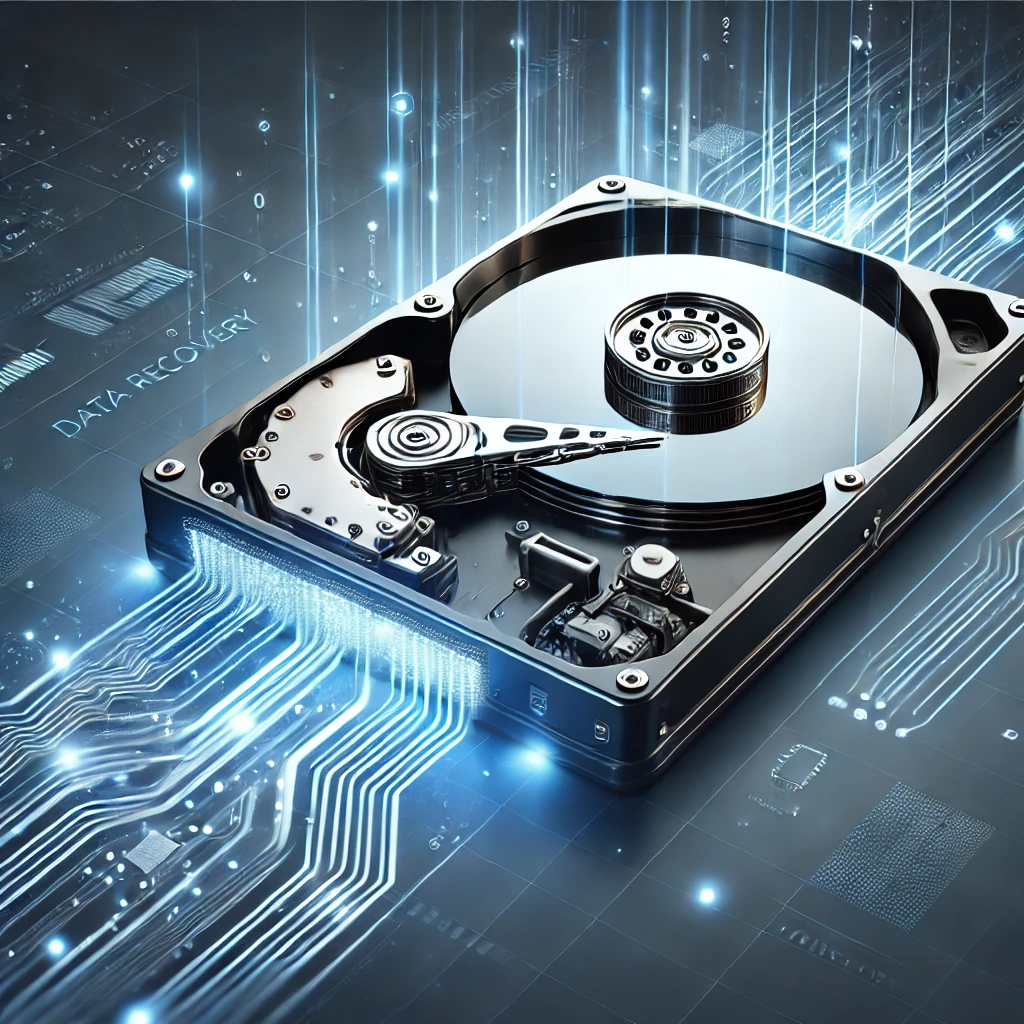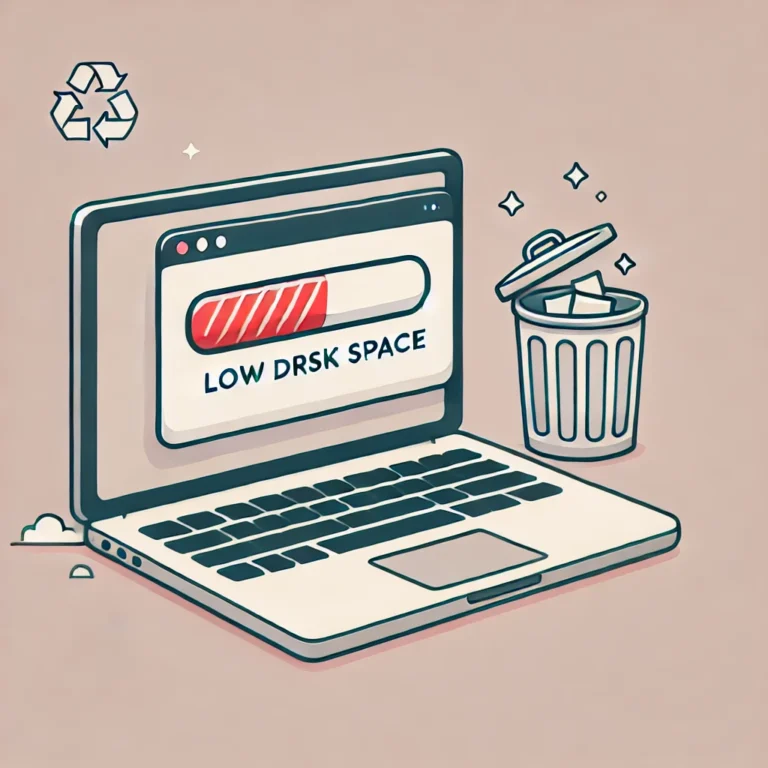How to Recover Data from a Formatted PC or Hard Drive: A Complete Guide
Introduction
Accidentally formatting your PC or hard drive can be a stressful experience. Important files, photos, videos, or documents may appear lost forever. However, with the right tools and techniques, recovering data from a formatted device is possible. This guide walks you through the steps to recover your data successfully, complete with recommended software and tips to maximize recovery chances.
Step 1: Stop Using the Device Immediately
After formatting, the data isn’t truly erased—it’s just marked as “free space” for new data. The more you use the device, the higher the chances that your old data will be overwritten, making recovery difficult or impossible.
Action Point: Disconnect the formatted hard drive or stop writing new data to the PC.
Step 2: Choose the Right Data Recovery Software
There are various tools available to recover data from formatted drives. Below is a list of the most reliable ones:
- Recuva (Free & Pro Versions)
- Website: Recuva by CCleaner
- Features: Recovers files from formatted or damaged drives. User-friendly interface.
- Best for: Recovering photos, videos, documents, and emails.
- EaseUS Data Recovery Wizard
- Website: EaseUS Data Recovery
- Features: Deep scanning mode for heavily formatted drives. Supports multiple file systems.
- Best for: Recovering data from SSDs, HDDs, memory cards, and USB drives.
- R-Studio
- Website: R-Studio Data Recovery
- Features: Advanced recovery for professionals. Supports RAID reconstruction.
- Best for: Recovering data from complex storage setups like RAID systems.
- Disk Drill
- Website: Disk Drill by CleverFiles
- Features: Easy-to-use software with a preview option before recovery.
- Best for: Quick recovery of smaller files and partitions.
- PhotoRec (Free, Open Source)
- Website: PhotoRec
- Features: Specializes in recovering media files. Command-line interface for advanced users.
- Best for: Recovering photos and videos from formatted storage.
Step 3: Perform Data Recovery
Here’s a general process to follow using any recovery tool:
- Download and Install the Software
- Install the recovery software on a different drive than the one you want to recover data from to avoid overwriting files.
- Run the Software
- Open the software and select the formatted drive or partition.
- Choose the scan type: Quick Scan or Deep Scan. A Deep Scan takes longer but yields better results.
- Preview and Select Files
- Once the scan is complete, preview the recoverable files. Select the files or folders you want to recover.
- Recover the Data
- Save the recovered files to a different drive or partition to prevent overwriting remaining data.
Step 4: Use Professional Services (If Needed)
If the software tools fail or the data is extremely valuable, consider hiring professional data recovery services. Companies like Ontrack, DriveSavers, and Gillware specialize in recovering data from severely damaged or formatted drives.
Links to Services:
Additional Tips for Successful Data Recovery
- Act Quickly: The sooner you attempt recovery, the better your chances.
- Avoid Using the Drive: Minimize writing new data to the affected storage.
- Backup Data Regularly: Use cloud services or external drives to back up important files and prevent data loss in the future.
Recommended Backup Solutions
To avoid future data loss, consider investing in a reliable backup system:
- Cloud Storage
- External Backup Drives
- Backup Software
Conclusion
Recovering data from a formatted PC or hard drive may seem daunting, but with the right tools and a proactive approach, it’s often possible to restore your valuable files. Always remember to back up your data regularly to avoid such situations in the future.
Have you successfully recovered data using any of these tools? Share your experience in the comments below!






